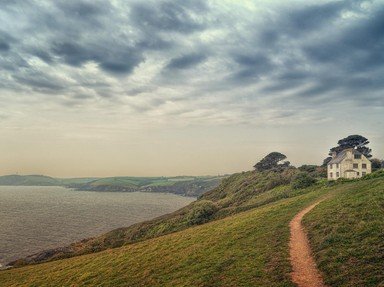Quiz Answer Key and Fun Facts
1. The City of Plymouth was originally three separate towns which became amalgamated in 1914. Two of the original towns were Plymouth and East Stonehouse. Do you know the name of the third town?
2. One of the most famous names associated with Plymouth must be that of Sir Francis Drake, who was once Mayor of Plymouth. His best-known ship was probably the Golden Hind, in which he circumnavigated the world in 1577. This ship originally had a different name. What was it?
3. Still on the subject of Drake, his most famous exploit was probably beating the Spanish Armada in 1588. He received news that the Armada had been sighted, but legend has it that he decided he had time to finish the game of bowls that he was playing on Plymouth Hoe before sailing to join battle. What was the name of the ship he commanded?
4. Plymouth has had its share of famous politicians. A long-time Member of Parliament for Plymouth was the first woman MP to take her seat in the House of Commons. Who was she?
5. A political dynasty existed in Plymouth. One of its most famous members was a leader of the Labour Party. Who was he?
6. One of the best-known landmarks in Devon is the lighthouse that can be seen on Plymouth Hoe. It was originally the lighthouse on the Eddystone Reef, which is 12 miles out to sea from Plymouth and can be seen with the naked eye when the weather conditions are right. Who was the engineer who designed the lighthouse?
7. Plymouth is blessed with a huge harbour called the Sound. Several rivers empty into the Sound, one of which forms the border between Devon and Cornwall. What is the name of this river?
8. Plymouth Hoe is the name given to the rocky sea front that faces out over the Sound. There is a fort on the Hoe called the Royal Citadel. Building started in 1666 as a response to the wars with the Dutch and the Citadel is still in use. What is remarkable about its guns?
9. A large structure exists in the Sound. What is its name?
10. Plymouth nowadays has a very modern town centre, built after WW2 in Portland stone and set out in straight lines, very unlike the Victorian town that existed before it was blitzed to rubble in 1941. There is still a part of ancient Plymouth that you can visit though. What is it called?
Source: Author
invinoveritas
This quiz was reviewed by FunTrivia editor
stedman before going online.
Any errors found in FunTrivia content are routinely corrected through our feedback system.

